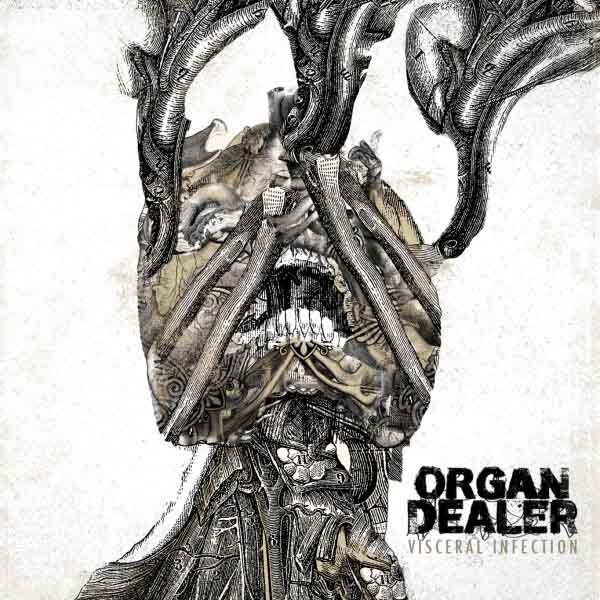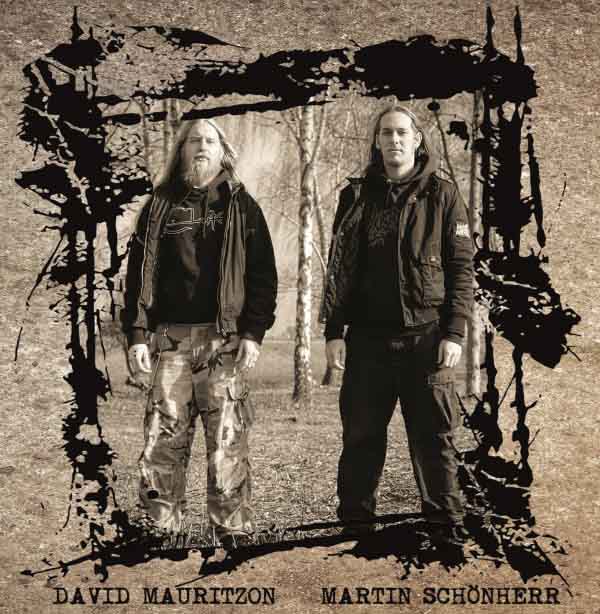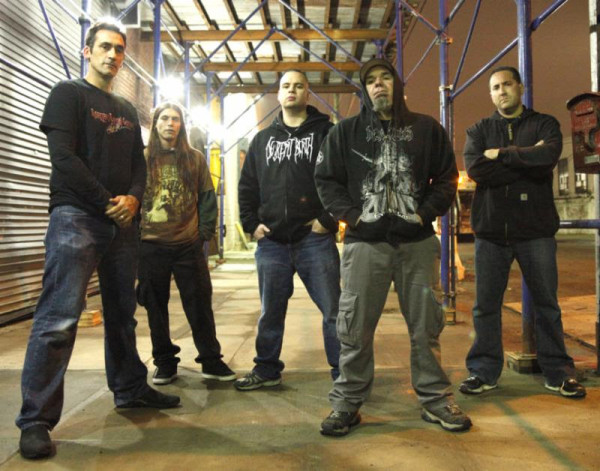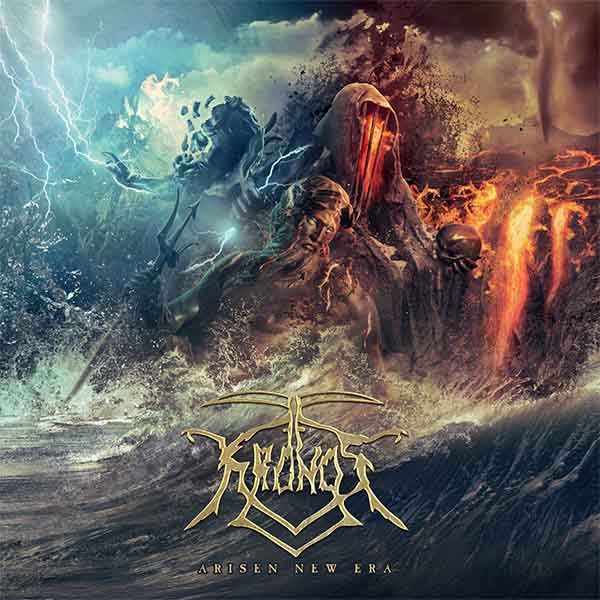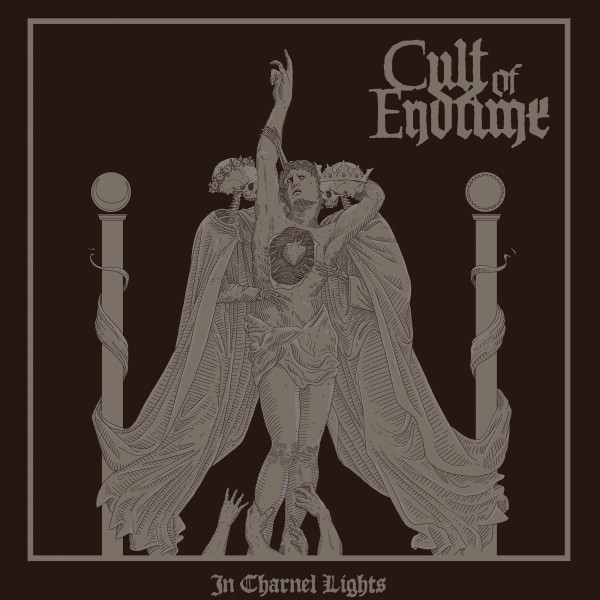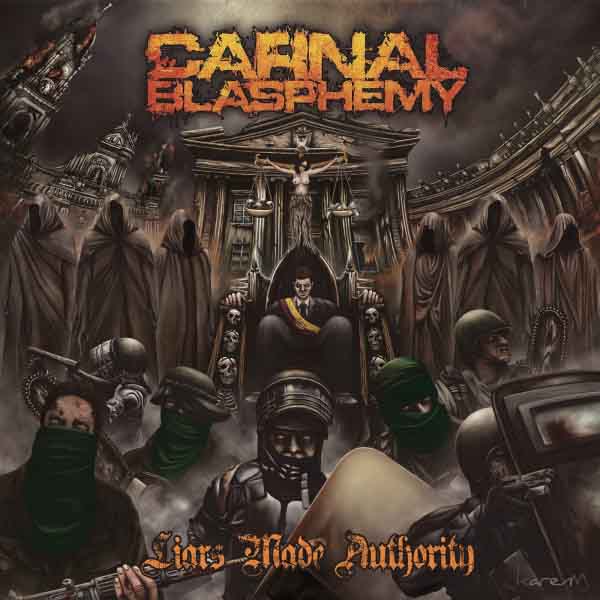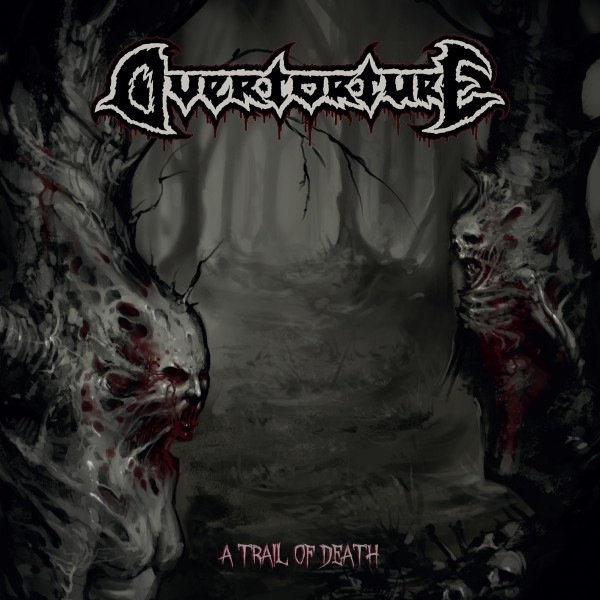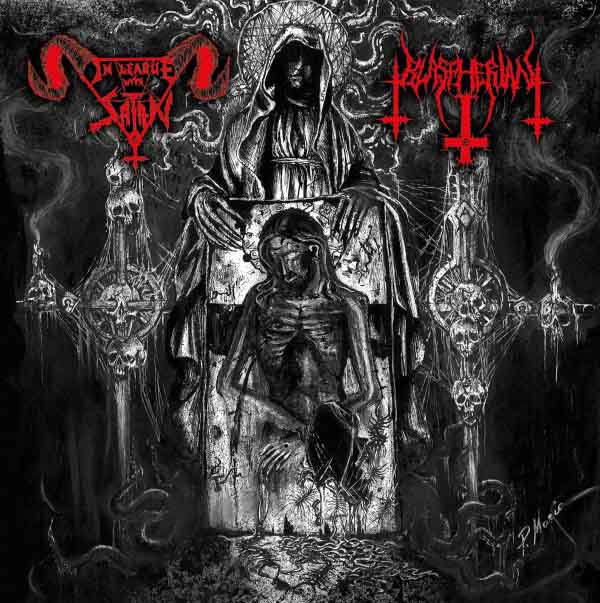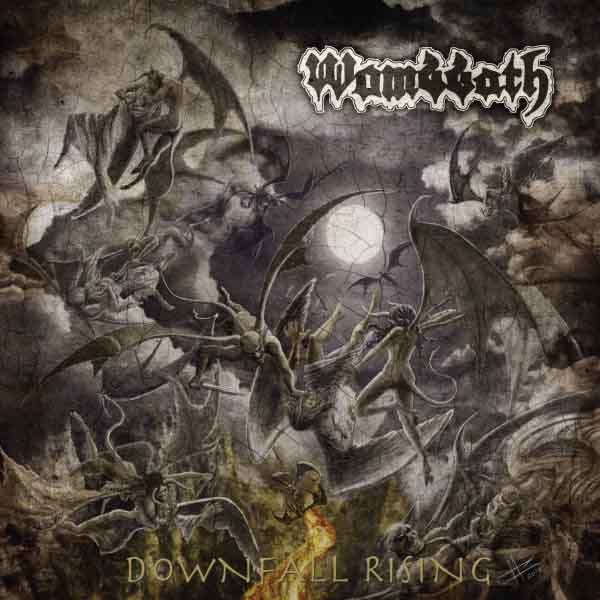Organ dealer play a brand of metalcore influenced by the sound of those in that genre who call themselves “technical death metal”, but excuse themselves from any responsibility to make complete songs or to make them coherent at all by claiming to be playing grindcore. While at some level there is a reason for this claim, Organ Dealer only fulfills the requirements of a grindcore outfit on the superficial level. That is, if one asked the general public to describe grindcore, Organ Dealer would meet the “requirements”. It is in the details, the realization and what we read in between the lines of music that the deception is identified.
While grindcore does introduce a mixture of frenetic passages and mid-pace groove that do not necessarily have concrete links between them, the emphasis of grindcore has traditionally been on the strength and trance that each section evokes arising from a certain clarity of expression, the modern metal nature of Visceral Infection place the emphasis on the contrast between them. Each individual section is more forgettable, usually lacking a clear image, the emphasis being on the brutality as a whole and their form usually channeling into the next incredibly contrasting section. In the first one is pulled towards each riff, in the latter one is led towards the intersections between riffs. The nature of grindcore is replaced by that of carnival modern metal.
1 CommentTags: 2015, death metal, Grindcore, metalcore, Organ Dealer, Technical Death Metal, Visceral Infection
